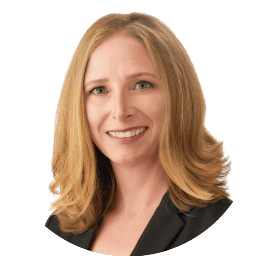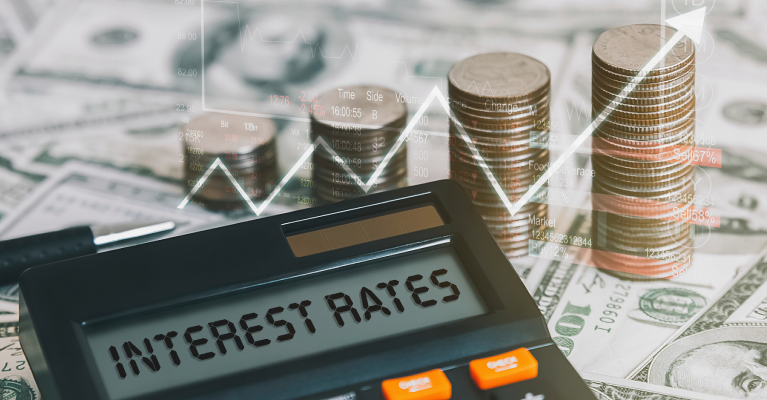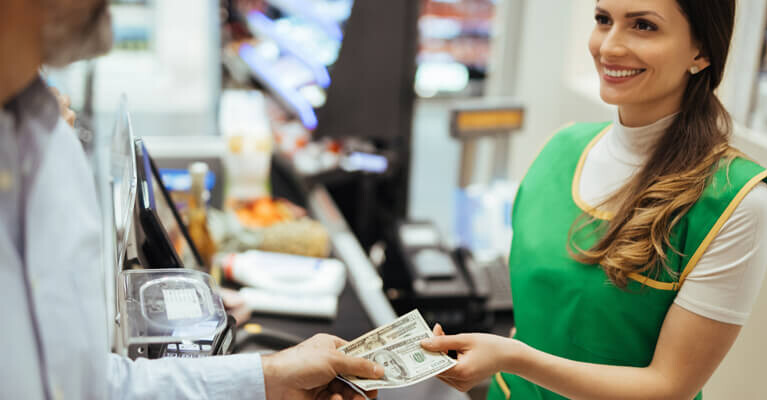Planning for regular expenses can be difficult enough, particularly during periods of high inflation, but what if you’re faced with a financial emergency?
A recent WSFS study found that building an emergency fund was a goal for 52% of regional respondents. The study also found that if faced with an emergency expense of $1,000, 52% in the region would need to borrow money, take out a loan or pay it off on a credit card over time.
Here are tips to help plan for the unexpected and build your emergency fund.
Set Goals and Anticipate Expenses
Whether it is for daily finances or for your emergency fund, it is important to start by setting goals to help keep you on track. Calculate your income and regular expenses and then determine how much emergency funds you think you will need and the time it will take to save that money.
A good rule of thumb is to try building your nest egg so it covers six months of expenses. It is also important to try to anticipate large expenses on the horizon so you can start saving now to be prepared.
For example, if you’re a homeowner and your house has a 20-year roof that was installed 15 years ago, you should start saving now so you’re prepared for this expense when the time comes.
Once you’ve set your savings goal and the timeline you want to achieve it, remember to check back regularly to ensure you’re staying on target and adjust if you’re not.
Search for Additional Savings
Small amounts saved can add up over time, so don’t be afraid to look for additional ways to save no matter how minor they may seem at the time.
This could mean opting to make your morning coffee at home rather than purchasing it while you’re on the go. For example, if you purchase your coffee daily and it costs $5 per day, that is $1,825 you could be saving per year.
Some other ways to look for additional savings include eating at home so you’re dining out at restaurants less frequently, looking for sales at the grocery store or visiting a discount grocer, and reviewing your accounts monthly to cancel any unused subscription services you may have.
If you receive a tax return, stashing it in your savings account rather than your checking account used for regular purchases can help build your fund more quickly, and you’re less likely to miss the money if it never was deposited into your checking account in the first place.
Boost Your Savings
While rising interest rates over the past year can make it more difficult to save, there is a key tradeoff: the return in popularity of higher-interest savings vehicles like money markets, high-yield money markets and certificates of deposit (CDs).
A CD offers a fixed interest rate over its term, but your money is locked in for the duration of the term, so these are often a good option when you’re looking to save a certain amount over a longer period.
Money markets and high-yield money markets are considered liquid and earn interest over any period, so these accounts can be a great way to boost your emergency fund by offering an interest rate typically higher than a traditional savings account while also being able to access your money when needed.
If you find you need assistance putting a plan in place to build your emergency fund, consider making an appointment with your local banker, who can help formulate a plan and recommend the products and services that may work best for reaching your goals.

Helping you boost your financial intelligence.
Read our financial resources from your friends at WSFS.




